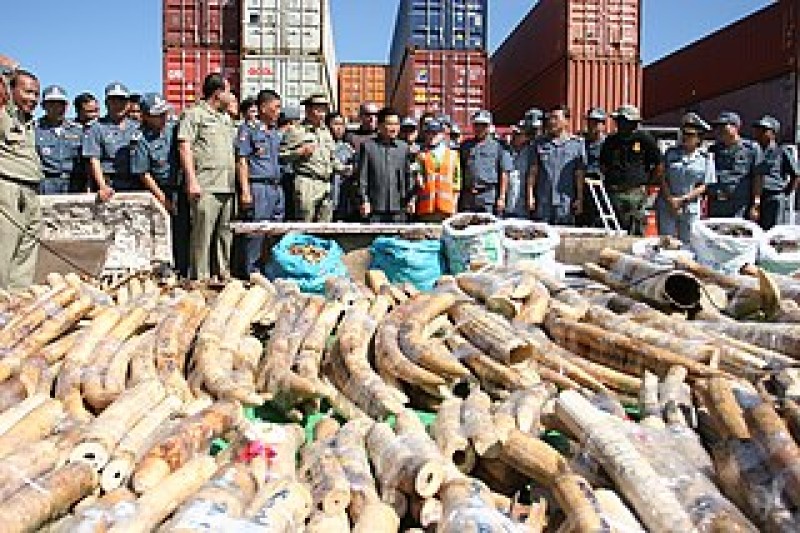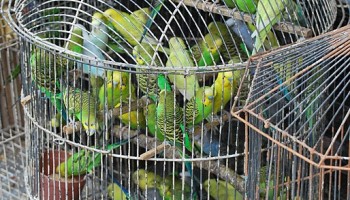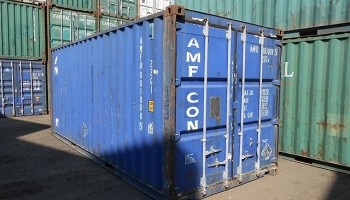Law enforcement already struggles to deal with the myriad of other illegal trades that went online, from narcotics to antiquities as well as a boom in cybercrimes like fraud and ransomware since the onset of the novel coronavirus pandemic.
“Within this broader crisis, the online trade in endangered species is easily overlooked, leaving a gap in the global response that allows wildlife traders to openly seek customers online, market goods, conduct transactions and stimulate demand,” GI-TOC explained.
The group has worked on a checklist which they believe help interested parties identify illegal posts and this way help streamline enforcement and prosecution.
“The transnational nature of the illicit wildlife trade makes its detection and prosecution notoriously difficult, and this problem has only been complicated by the increased use of the internet and social media platforms to market and sell wildlife products.” GI-TOC said.
“The need for a checklist like this comes from the complex legal environment that governs online wildlife trade, and the difficulties of applying it in a specific context where jurisdictional borders dissolve,” it explained.
In addition to species type and checking endangered lists, monitors need to look out for how wildlife parts are marketed, the background and location of the seller, what permits may be required to sell such products and many other factors before determining if the sale is legal or not, the NGO proposed.






